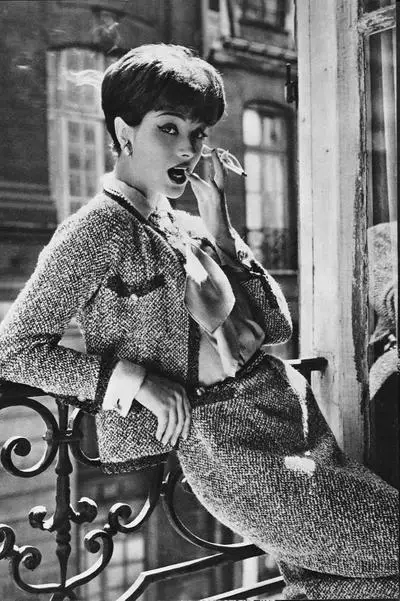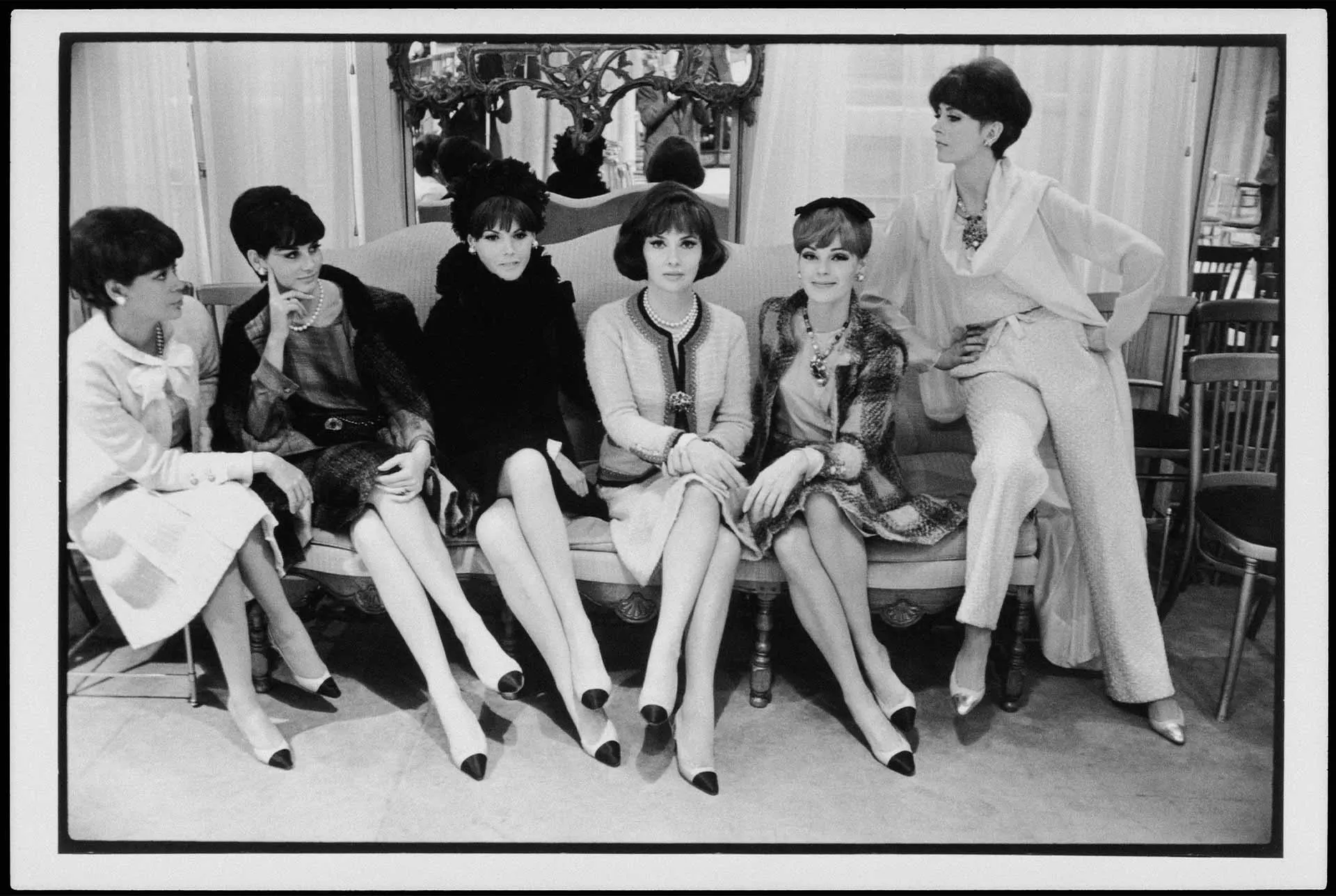The fashion industry wouldn't be where it is today without these wonderful women. With the month of March being dedicated to women lets take a look at some of the most impactful women in the industry.
Donatella Versace
Source: Business Of Fashion
Donatella Versace, sixty-five-year-old Italian fashion designer, began her fashion career in the late 1970s, working alongside her brother, Gianni Versace. At the beginning of her career, her role was to provide input regarding brand designs while also arranging Versace fashion shows.
Donatella Versace took on a more significant role in the mid-1990s when her brother Gianni Versace was battling cancer. While Gianni Versace beat cancer, he lost his life when he was shot outside of his home in 1997.
With Gianni Versace's passing in the 1990s, Donatella Versace grieved the loss of her brother, but she always kept his name alive. Days after his passing she was named the artistic director of the Versace Group and has made a significant impact on the industry as her brother did.
Donatella Versace is responsible for the company's vision, designs, and product lines. Since her takeover, she has reinvented the brand and strikingly increased its exposure globally. With her new look, she gained the approval and praise of fashion houses and a positive reputation for sophisticated fashion pieces, especially in women's fashion.
In addition to her successes, she has also participated in partnerships and collaborations, which will increase the market and target new customers.
Throughout the years, Donatella Versace has continued to exceed the requirements of her role and improve the brand's vision, design, and overall name. She has won multiple awards, such as The Bambi Fashion Award in 2004, The Glamour Reward of The Design Diva Award in 2010, the Glamour Reward for Designer in 2012 and 2016, and the CFDA Valentino Garavani and Giancarlo Giammetti International Award in 2018.
Coco Chanel
Source: Vogue
French fashion designer Coco Chanel began her fashion career in 1910 when she opened her business, Chanel Modes, in Paris. After two years of Chanel Modes, she created a boutique in Deauville, France, where she sold sportswear made of jersey fabric, which she revamped to appear more elegant.
One of Chanel's biggest accomplishments was her fragrance, Chanel No.5, which she created with Ernest Beaux, a Russian-French perfume creator, in 1921. The number five holds great significance to Chanel, which is why she incorporated it into the fragrance name. Chanel No.5 is a jasmine-scented aroma mixed with additional floral scents and was a must-have as it was the world's first abstract fragrance.
In addition to Chanel No.5's success, Chanel created the timeless little black dress, which is now a staple piece in one's wardrobe. In 1926, Chanel's little black dress could be worn formally or simply, depending on how you style and accessorize. This garment is versatile and can be adjusted to your needs.
In 1939, World War II hit, and Chanel closed her couture house until further notice. It wasn't until the 1950s that she made her comeback and returned to fashion. In 1954, she created a fashion show showcasing designs such as her jersey set with the number 5.
Source: Chanel
During the 1950s, Chanel created numerous successful designs, such as the 2.55 handbag, produced in 1955 and named after its creation date. This functional quilted handbag, made with a gold chain, has succeeded in the fashion industry. In addition to the 2.55 handbag, Chanel designed the trimmed tweed suit in 1956, a part of the 1958/1959 Fall/Winter Haute Couture Collection in Vogue in September 1958. Two-tone pumps were another successful design created by Chanel in 1957. These pumps were designed with beige leather to elongate the legs, black at the tip of the shoe for a more petite foot look, and an elastic strap designed for comfort.
Source: Chanel
Chanel has made her mark on the fashion industry throughout her career. After her passing in 1971, Karl Lagerfeld soon took over her couture house in 1983. Chanel remains one of the most influential and successful high-end fashion brands, and her legacy remains.
Miuccia Prada
Source: Art View
Italian fashion designer, Miuccia Prada started working alongside her family's business, Prada, in 1970 but it wasn't until 1978 when she took over the company as head designer. As the leader of the company it was now her job to improve the business. She decided to collaborate with Italian businessman, Patrizio Bertelli to reinvent the company, and while there was only one singular store at this point that would soon change.
Miuccia Prada's first design was the Pocono nylon handbag, which she created in 1979. Although these bags didn't initially hit the market's sales, she relaunched the idea in the 1980s when she expanded her company globally. Only this time, the design was revamped with an added gold chain strap and triangular logo. This new and improved design hit the markets, and sales rocketed.
Prada launched her ready-to-wear fall/winter collection In 1988 during Milan's Fashion Week. This line consisted of simplistic yet elegant designs made with black, white and neutral-toned fabrics.
Source: Glam Observer
Prada prioritized the success of her brand and continued to improve it for better. In the early 1990s she expanded her brand and created a fragrance line and a spin-off clothing line. She also launched her first spring/summer menswear collection in 1998, which also consisted of neutral-toned garments.
Source: Glam Observer
In 1995 Prada had one of her biggest breakthrough moments in the fashion industry when American actress Uma Thurman was seen wearing one of her gowns at the American Awards ceremony.
In 1997 Prada released activewear, Prada Sport and a cosmetic line in 2000. Prada continued to make her mark on the industry as she kept improving and expanding her brand name. She was acknowledged for her accomplishments in 2004 when she received the Council of Fashion Designers of America International Award.
Vera Wang
Source: Forbes
American fashion designer Vera Wang is well-known for her wedding dress designs and haute couture collections. While she has worked in the fashion industry since 1971, she hasn't always been a designer. She began her career in fashion in 1971 when she worked as an assistant for Vogue's fashion director. She was later promoted to Fashion Editor at twenty-three years old and ultimately left the team in 1987 to pursue a career in design.
Wang started her design career at Ralph Lauren, where she designed accessories for the brand. This position was a starting point in her career and allowed for future advancement.
Wang created her first-ever wedding dress in 1989. This dress was special as it was not only her first design but the dress she would wear at her wedding.
Discovering her passion for bridal wear, she decided to leave her job at Ralph Lauren behind and open her couture bridal shop, Vera Wang Bridal House, in the biggest city that is New York City.
Wang did not immediately sell her designs, but when she did, people fell in love. Her bridal gowns were elegant and beautiful, and many women found themselves shopping for her creations. Women appreciated her work, and shortly after, the shop exclusively sold her designs. As her business grew, she adjusted and added new garments, including bridesmaid dresses and evening gowns.
In the 1990s and early 2000s, Wang was acknowledged for her creations when Nancy Kerrigan wore her designs in the Winter Olympics in 1992 and 1994. This was an accomplishment and opened many doors for her. Soon after, she created garments for other skaters, and her designs were shown on television shows such as Sex and the City, Ugly Betty, and Buffy the Vampire Slayer. She also wrote a book on weddings, which was released in 2001.
Wang has made a significant impact on the industry with all of her accomplishments. Her successful ready-to-wear collection was created in 2000, and five years later, she was named Womenswear Designer of the Year by The Council of Fashion Designers. Her creations were elegant and luxurious, consisting of layered fabric, draping, and lovely detail.
Her collections are known for their elegance, femininity, sophistication, intricate detailing, and modern look. Wang has continued to impact the industry with her designs and is proud to reflect her visions to create a lifestyle that goes beyond core bridal ad ready-to-wear and into publishing, fragrance, beauty, accessories, and home.


















تعليقات